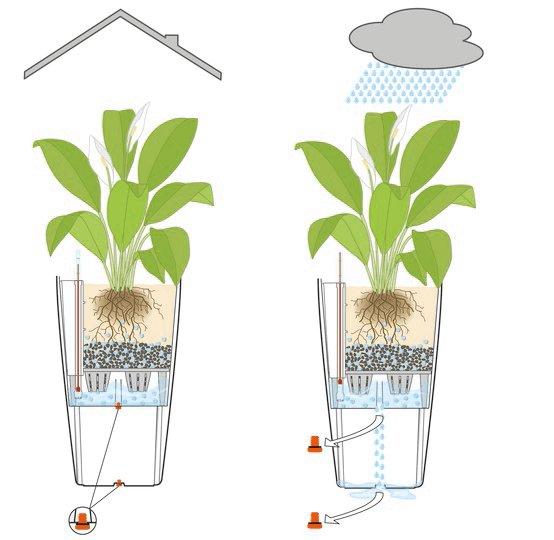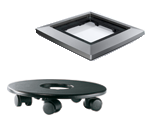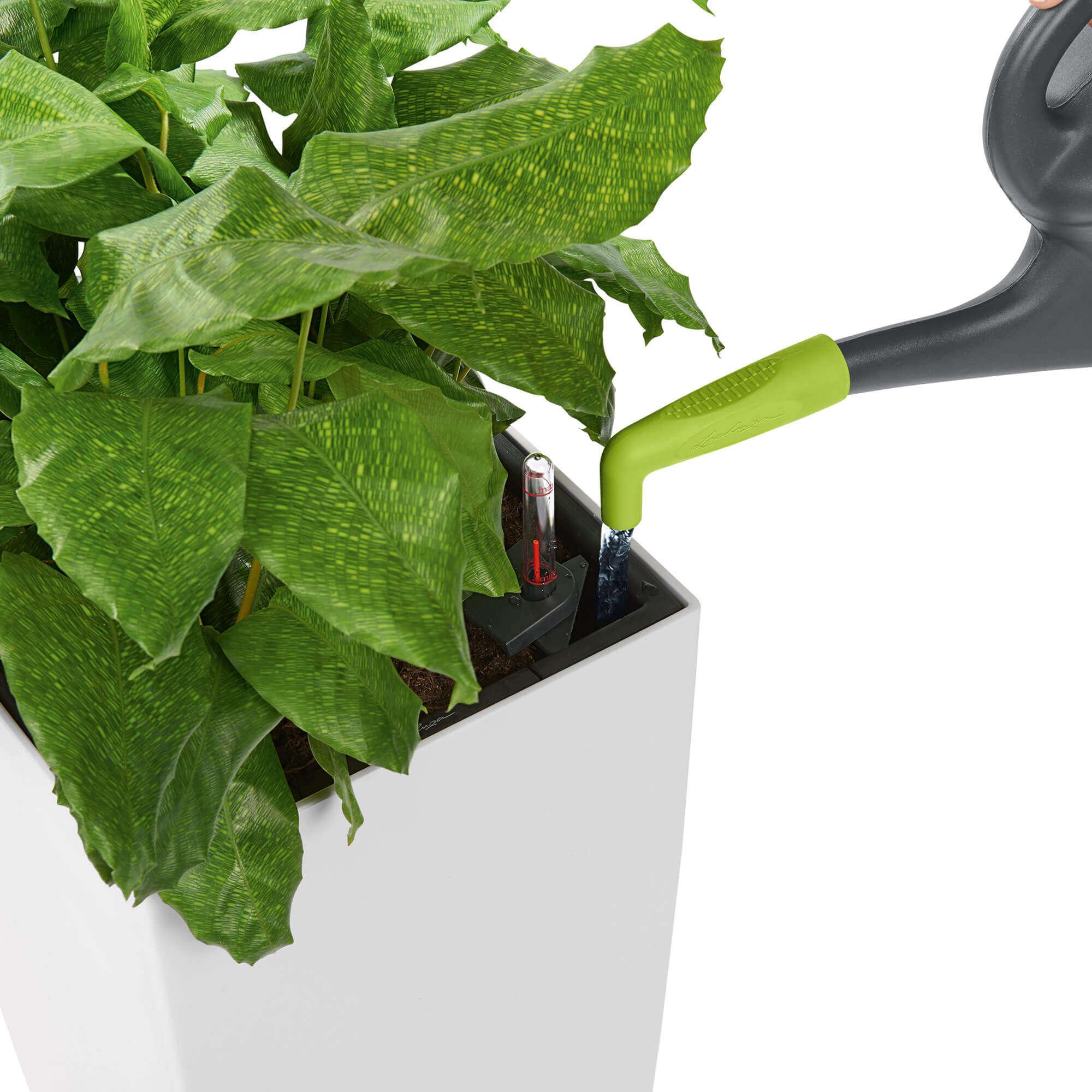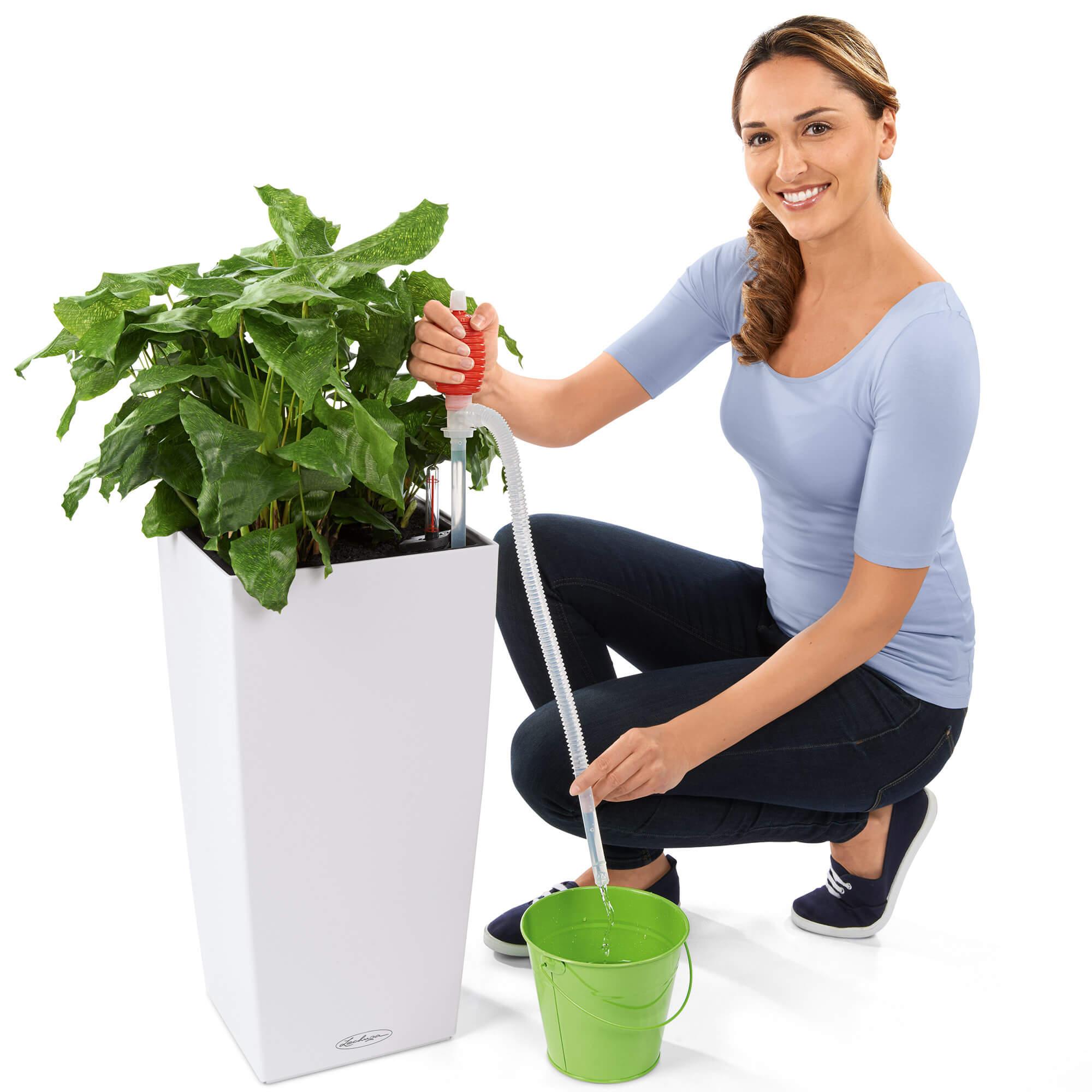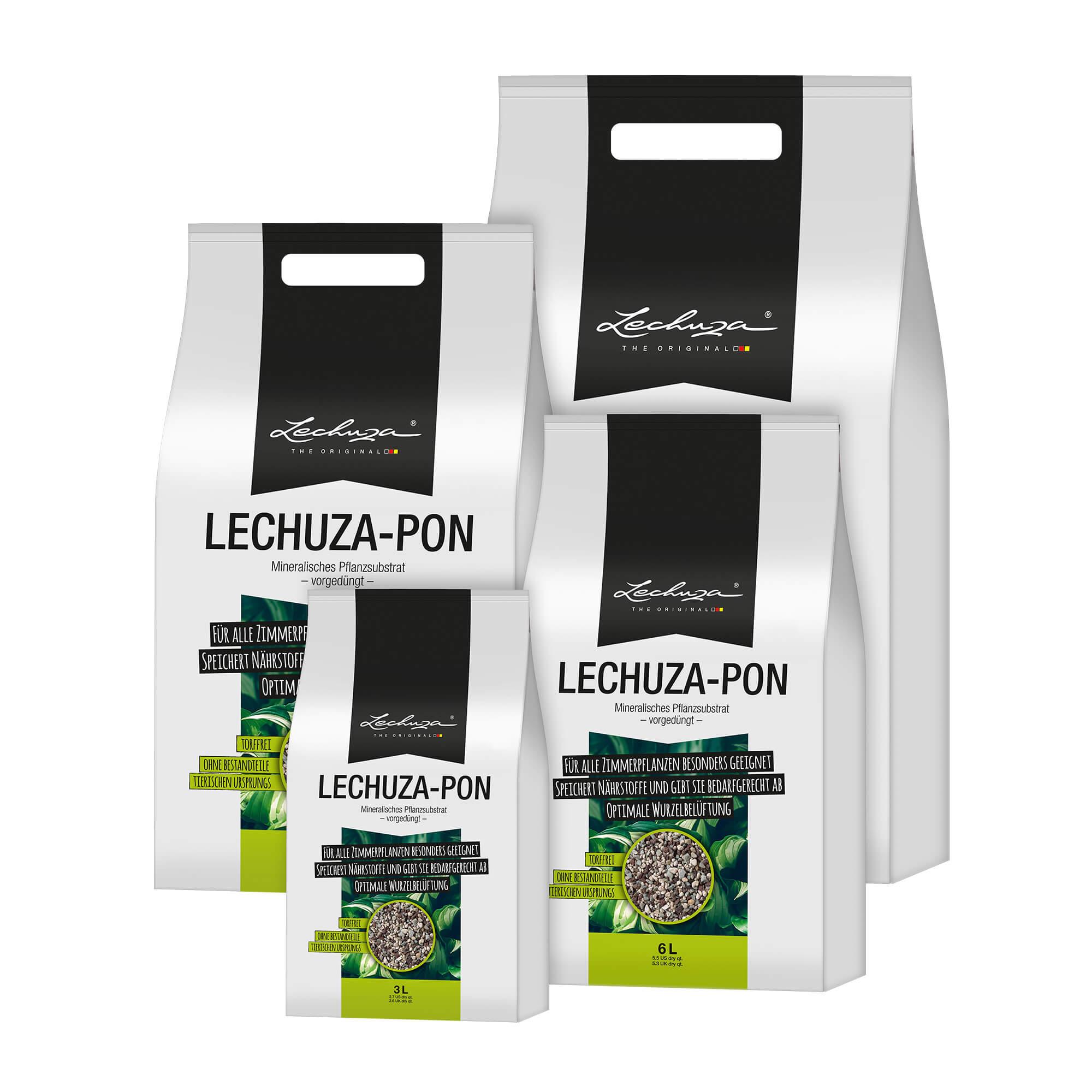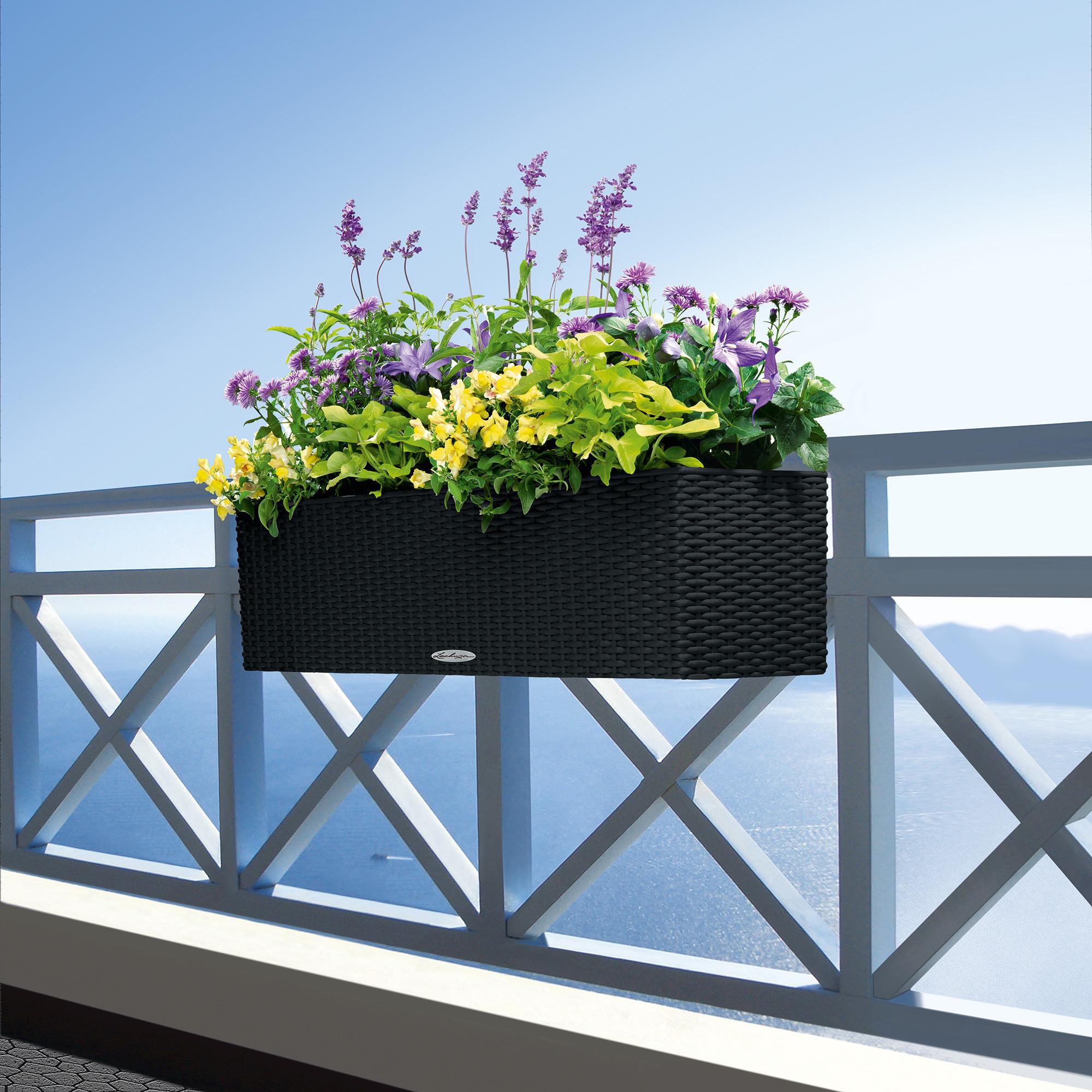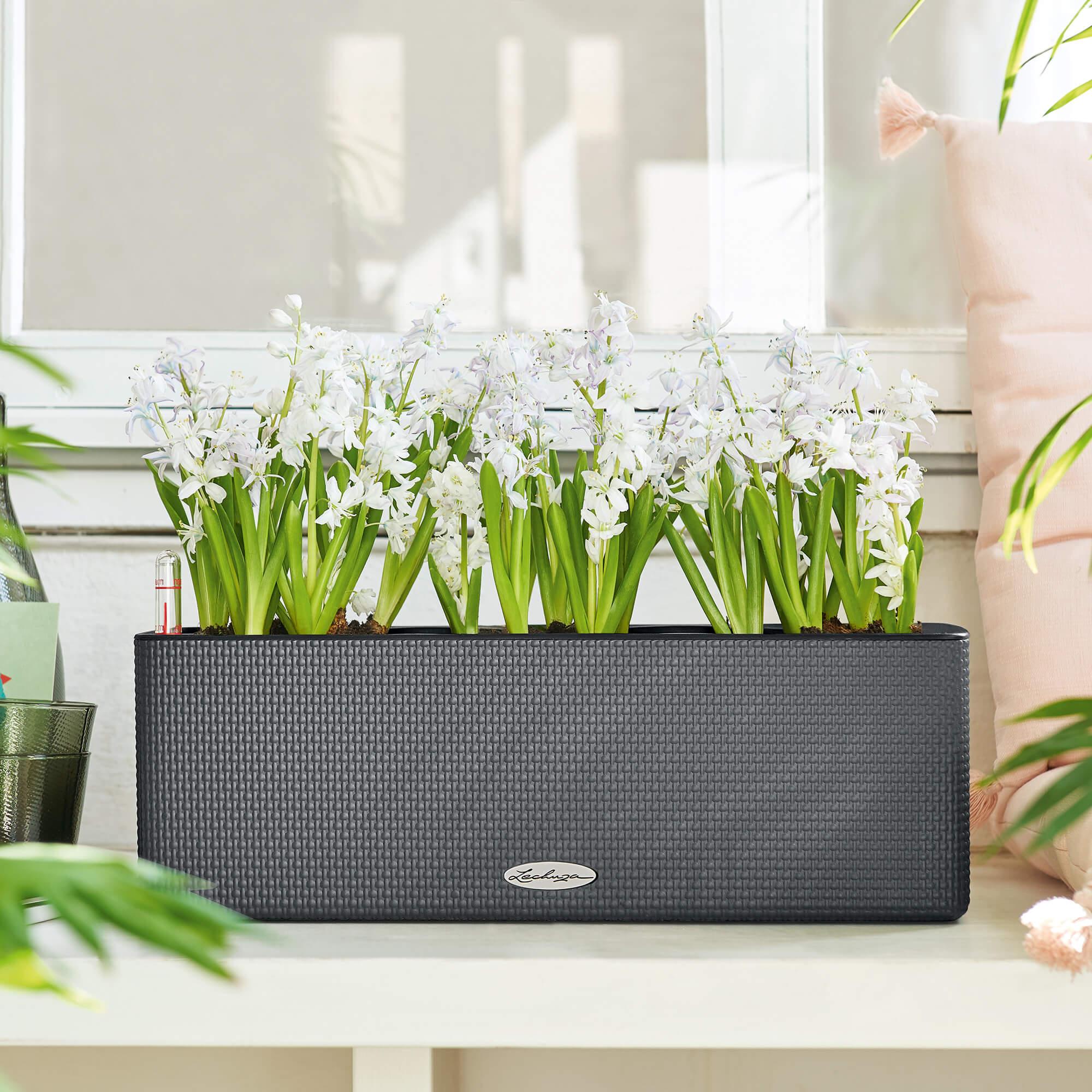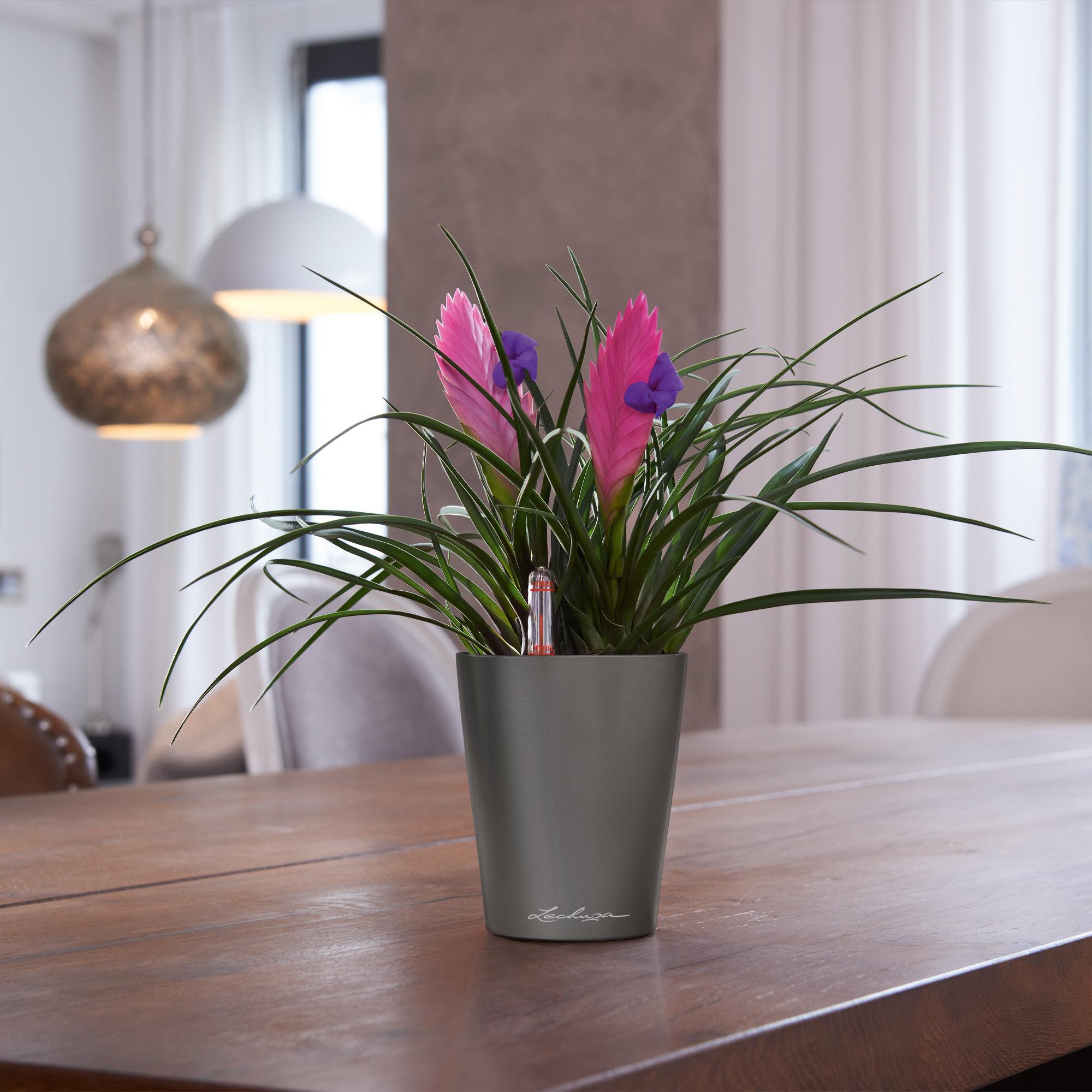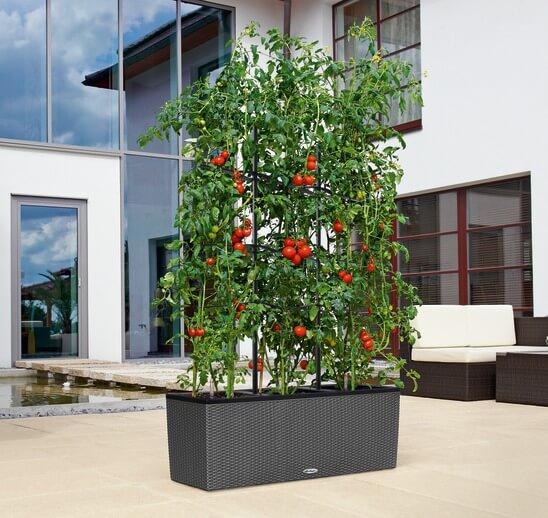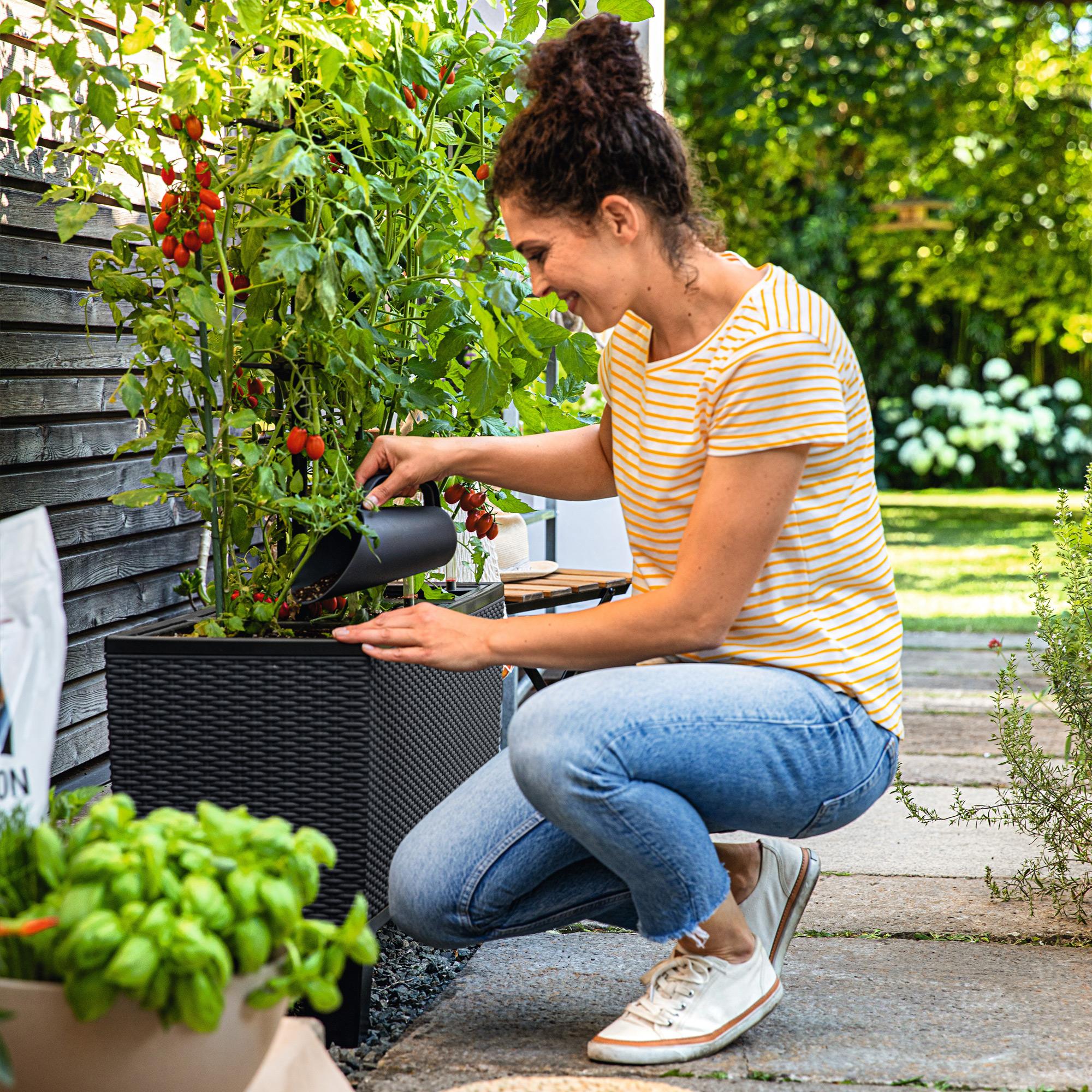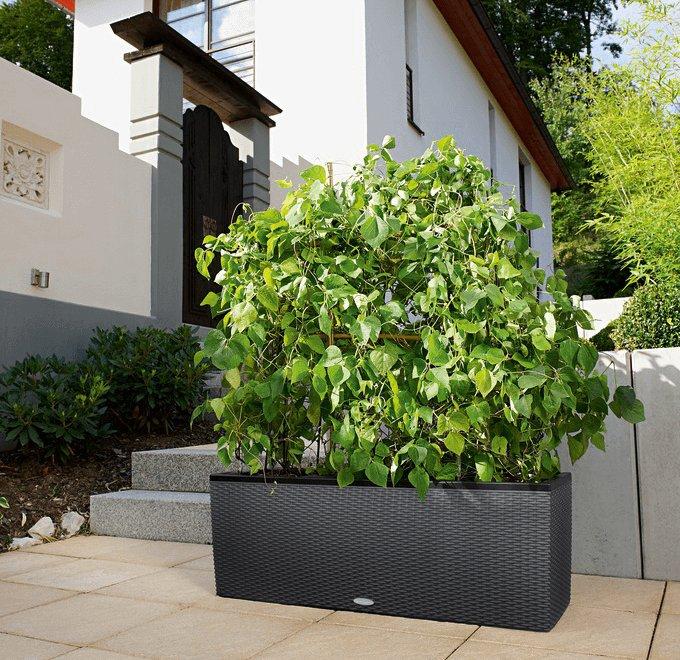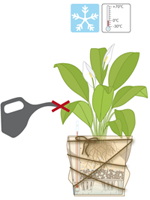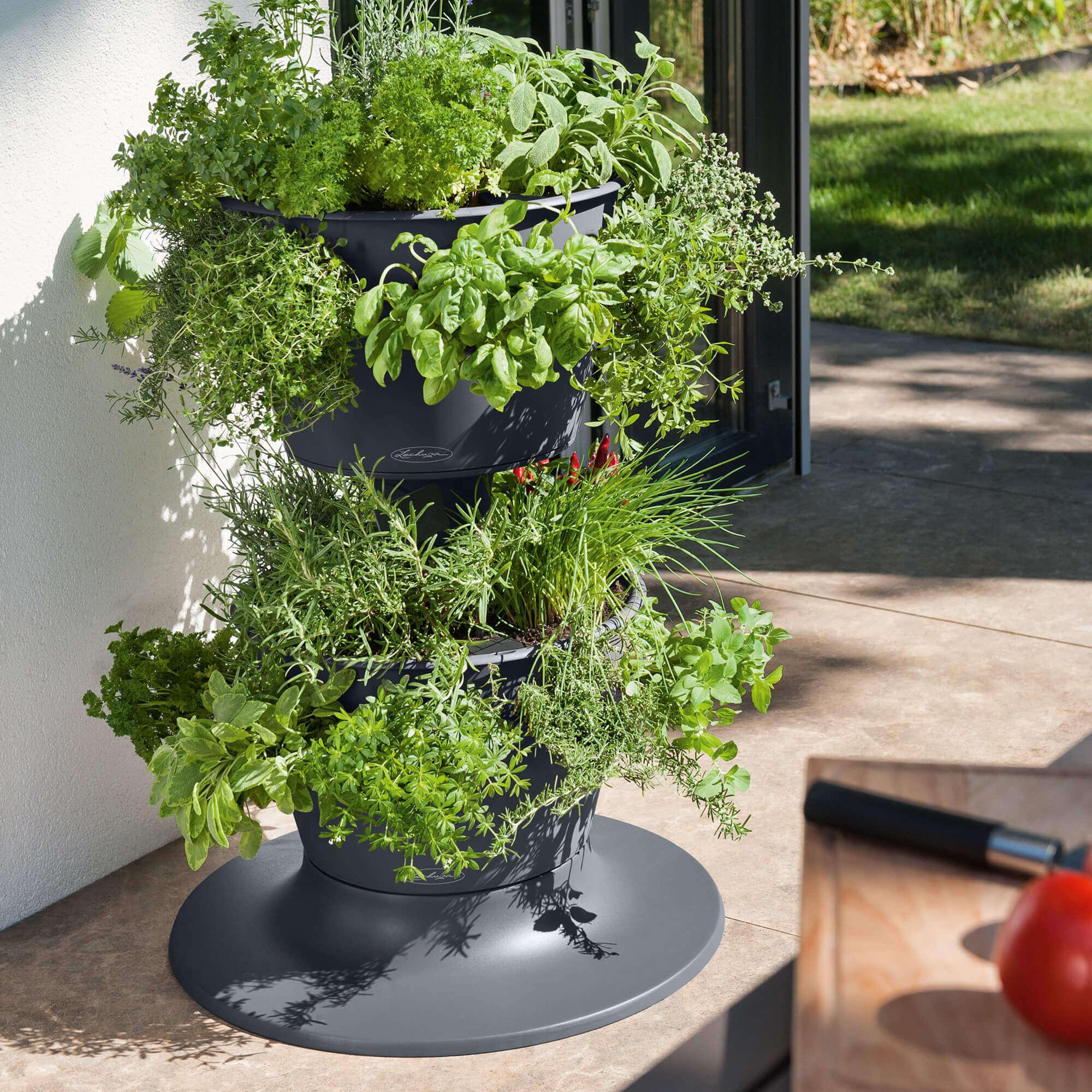FAQ
Answers to most frequently asked questions
-
1. The name LECHUZA
- What does the name LECHUZA mean?
LECHUZA (pronounced le-choo-za) is Spanish for "owl". Just like the wise and watchful owls, the LECHUZA irrigation system watches over your plants and ensures that they are well looked after all year round.
-
2. Environmental awareness at LECHUZA
- How environmentally friendly is LECHUZA?
Environmentally-conscious and resource-conserving thinking and acting is an essential component of the long-term development of our company. We take up the challenge and the responsibility not to endanger people or the environment on our way to a successful future. Our environmental policy, implemented by owners, management and employees, provides the basis for this.
LECHUZA planters are made in Germany and are 100% recyclable. With the successful certification according to DIN EN ISO 14001, a cross-industry recognized certificate, we have introduced a joint efficient environmental management system for the brands PLAYMOBIL and LECHUZA, which encompasses all levels of the company, starting with the development, production and distribution of our products. The family business geobra Brandstätter Stiftung & Co. KG is thus committed to improving the environmental impact of our production in order to protect natural resources through concrete goals, to avoid environmental pollution, comply with all applicable legal obligations and, where possible, to strive to exceed them. On LECHUZA's environmental and energy policy
-
5. LECHUZA Irrigation System
- Can the LECHUZA irrigation system be used for all plants?
- Is the LECHUZA irrigation system the same as hydroponics?
- How is the LECHUZA irrigation system installed?
- Is it possible to use the irrigation set in the column containers without a plant insert?
- Are spare parts available for the LECHUZA Irrigation Set?
-
6. Planting in LECHUZA
- What is the watering phase, the dry phase and how do I fertilise best?
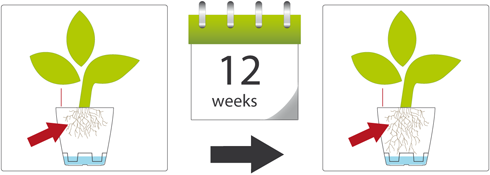 Water from above for the first few weeks until the roots reach the water reservoir ("watering phase"). During this time, check the plant soil or the LECHUZA-PON granulate just below the surface for moisture and water when it is dry.Test: After a few weeks, fill the water reservoir half way with water. If the water level drops in the next few days, the roots have grown into the reservoir. Then fill the water reservoir to "max." and LECHUZA will take care of your plants from now on!If the water level indicator shows "min." after a few days or weeks, you should not refill immediately, there is still sufficient moisture in the granulate.Attention: Observe a "dry phase"! It is different for each plant and depends on the following factors: type and variety of the plant, location, humidity and water requirements, temperature and requirements for the plant substrate. We recommend a drying phase of 2-10 days, for plants such as cacti and orchids also longer, but at least 2 weeks.From now on, you only need one single fertiliser - the LECHUZA fertiliser is optimally adapted to the nutrient supply of all plants, such as green and flowering plants, orchids, citrus plants, herbs, tomatoes, fruit bushes, cacti, etc.. Herbs and fruits supplied with the LECHUZA fertiliser can be consumed without hesitation - the fertilizer is absorbed by the plants without residue. The fertiliser can be added during the entire vegetation period, the duration of effect is approximately 6 months. We recommend a fertilisation in spring and mid/end of August. Over-fertilisation as well as plant burns is not possible! Simply pour the appropriate quantity of fertiliser into the water reservoir of your LECHUZA containers using the enclosed spoon. Add one spoon of fertiliser per litre of water in your plant container.
Water from above for the first few weeks until the roots reach the water reservoir ("watering phase"). During this time, check the plant soil or the LECHUZA-PON granulate just below the surface for moisture and water when it is dry.Test: After a few weeks, fill the water reservoir half way with water. If the water level drops in the next few days, the roots have grown into the reservoir. Then fill the water reservoir to "max." and LECHUZA will take care of your plants from now on!If the water level indicator shows "min." after a few days or weeks, you should not refill immediately, there is still sufficient moisture in the granulate.Attention: Observe a "dry phase"! It is different for each plant and depends on the following factors: type and variety of the plant, location, humidity and water requirements, temperature and requirements for the plant substrate. We recommend a drying phase of 2-10 days, for plants such as cacti and orchids also longer, but at least 2 weeks.From now on, you only need one single fertiliser - the LECHUZA fertiliser is optimally adapted to the nutrient supply of all plants, such as green and flowering plants, orchids, citrus plants, herbs, tomatoes, fruit bushes, cacti, etc.. Herbs and fruits supplied with the LECHUZA fertiliser can be consumed without hesitation - the fertilizer is absorbed by the plants without residue. The fertiliser can be added during the entire vegetation period, the duration of effect is approximately 6 months. We recommend a fertilisation in spring and mid/end of August. Over-fertilisation as well as plant burns is not possible! Simply pour the appropriate quantity of fertiliser into the water reservoir of your LECHUZA containers using the enclosed spoon. Add one spoon of fertiliser per litre of water in your plant container.
-
8. Plant care tips
- Balcony flowers
- Herbs
- Orchids
- Christmas tree
- Poinsettia
-
9. Planting and care of fruits and vegetables in TRIO
- Which plants are suitable for TRIO?
- When do you start planting?
- Moving and tying up the young plants
- Watering and care
- Tomatoes
- Aubergine
-
10. Tips for hibernating winter-hardy tub plants

